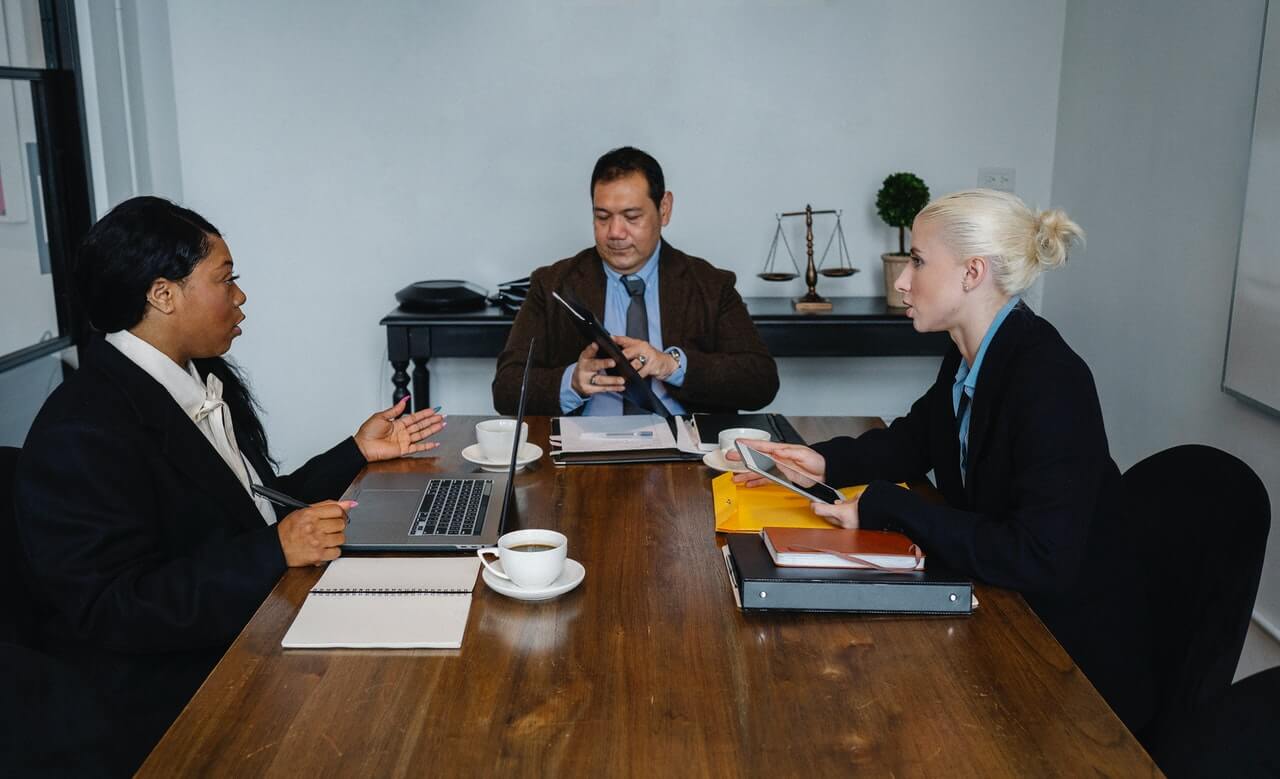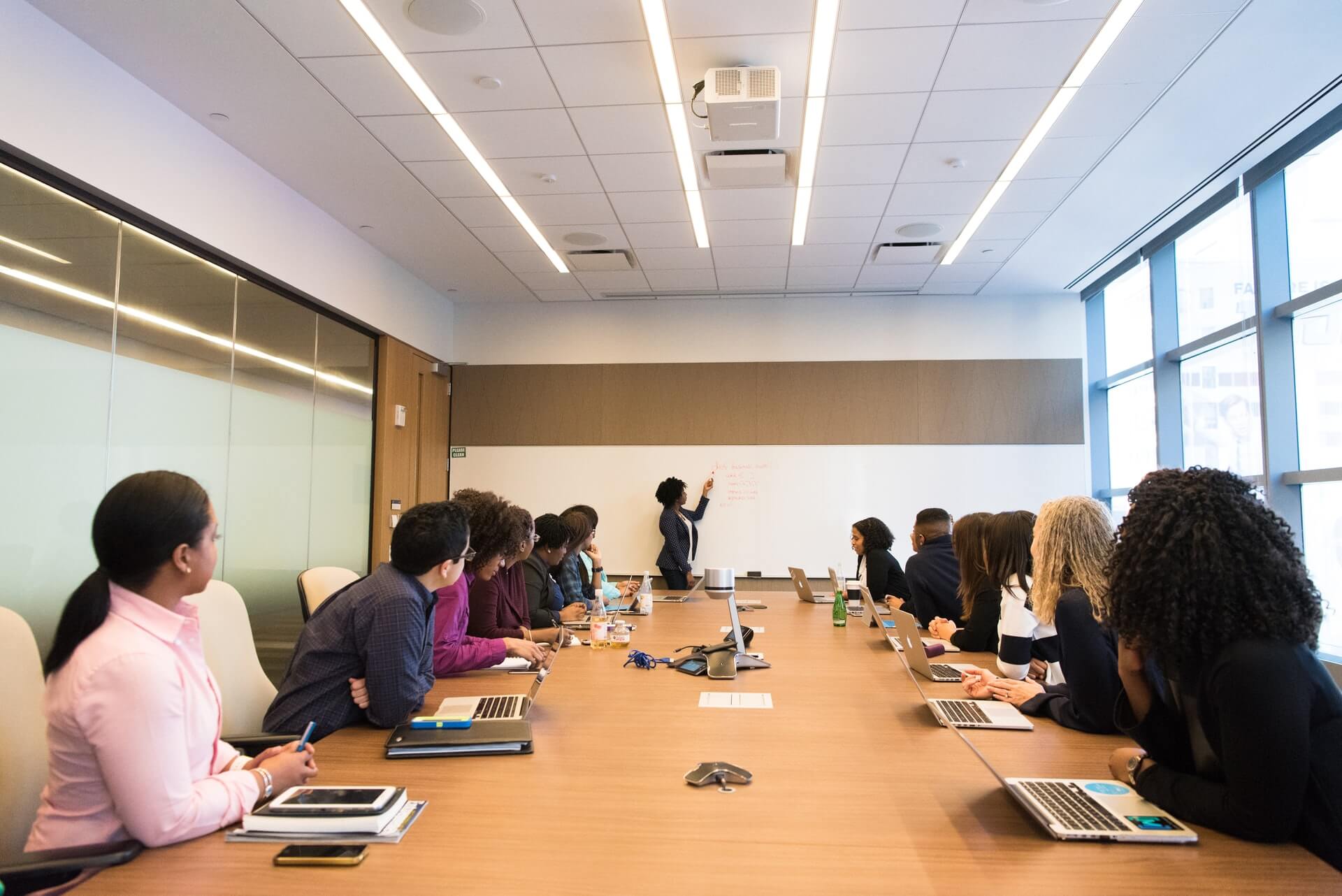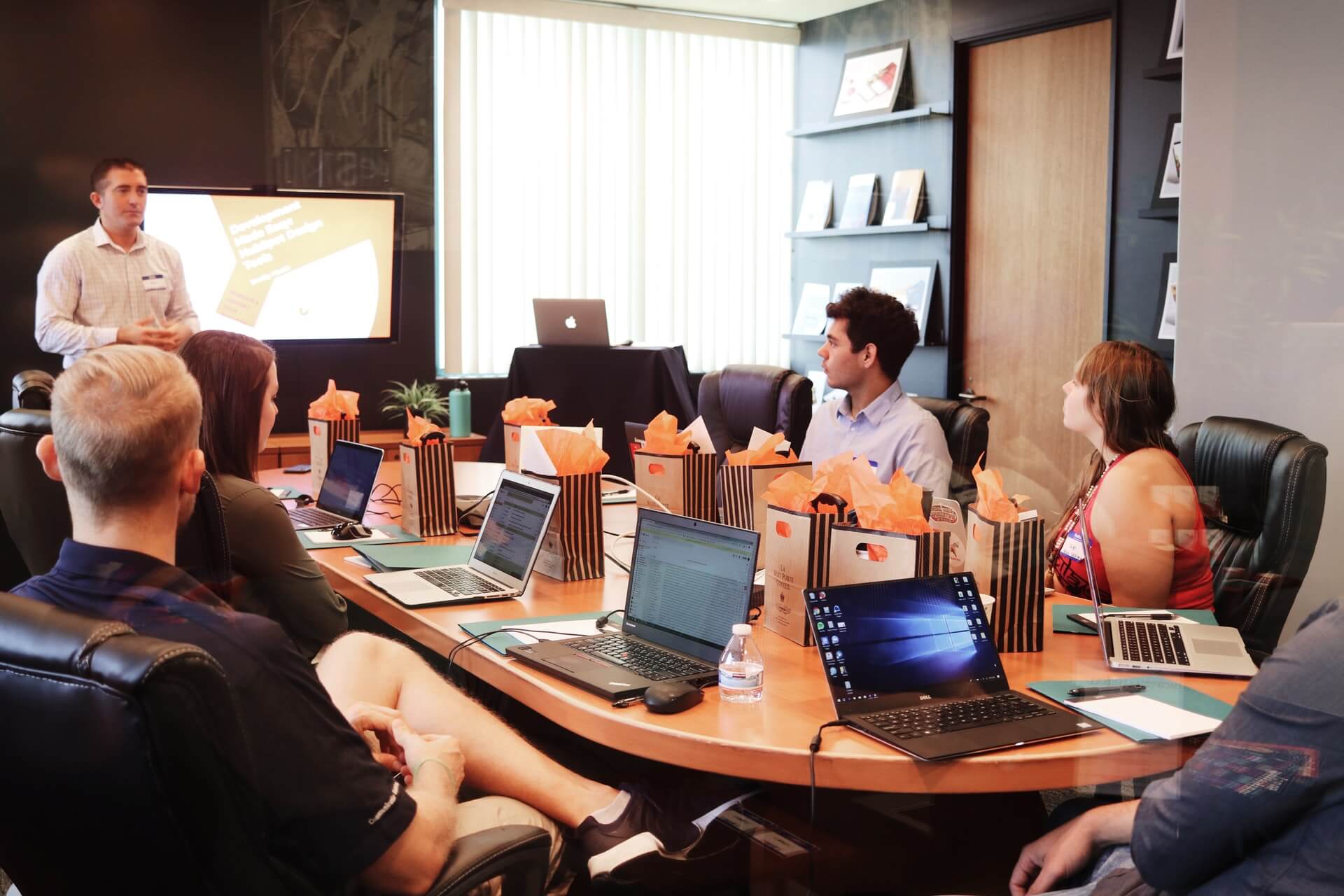Responsible planning, in any economy, involves identifying sources of funding sufficient to ensure continuation/survival of the programs that satisfy the needs of the people and the communities you serve.
Ensuring the funding of your programs requires that you minimize the risk of (again?) losing a large percentage of your income.
According to “Giving USA 2010,” in 2009, over 88% of the non-governmental dollars that went to Non-Profit Organizations came from individual donors or their estates. And, common wisdom is that at least 80% of that amount — or 65% of all non-government dollars — came from major gifts from individuals.
And even though everybody, including the wealthy, has been impacted by the economy, major donors are still a reliable source of funding.
Their gifts may be smaller than before the “recession,” but if they still have the means, if you still have a relationship with them and if they have a need you can satisfy by getting them to give to you, then they are still major gift prospects.
For an NPO without a major gifts program, now is the time to look seriously at creating one. Indicators (including the increase in spending over the holidays) are that people’s attitudes/outlooks about the economy have turned positive, and the people that are spending are (or should be) your prospects.
A major gift program is no more than the step-by-step identification, cultivation, involvement and (timely) solicitation of a number of individuals … each in their own timeframe. (See: Who Is A Major Gift Prospect?)
The difference between successful and unsuccessful major gift programs is the effort placed on identifying and cultivating prospective major gift prospects. It is the determination of who has access to people with wealth, who is the best person to guide the cultivation process for each individual, and who is the best person to know when the time is right to ask … and then do the “asking.”
A Major Gifts Program is easier to design and implement, and more cost effective than direct mail and the vast majority of events. Major gifts are also a more reliable source of long-term funding than are corporate and foundation grants.
The big question is whether your organization is getting your share of the major gifts money that has been and is still supporting so many nonprofits !!
=-=-=-=-=-=-=-=-=-=-=-=-=-=
Have a comment or a question about starting or expanding your fundraising program? Email me at [email protected]. With over 30 years of counseling in major gifts, capital campaigns, bequest programs and the planning studies to precede these three, we’ll likely be able to answer your questions.










